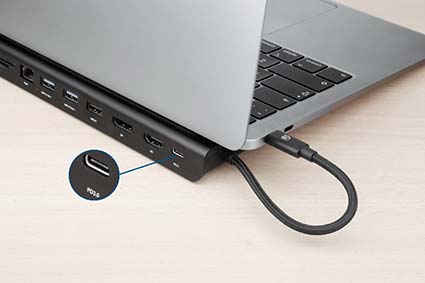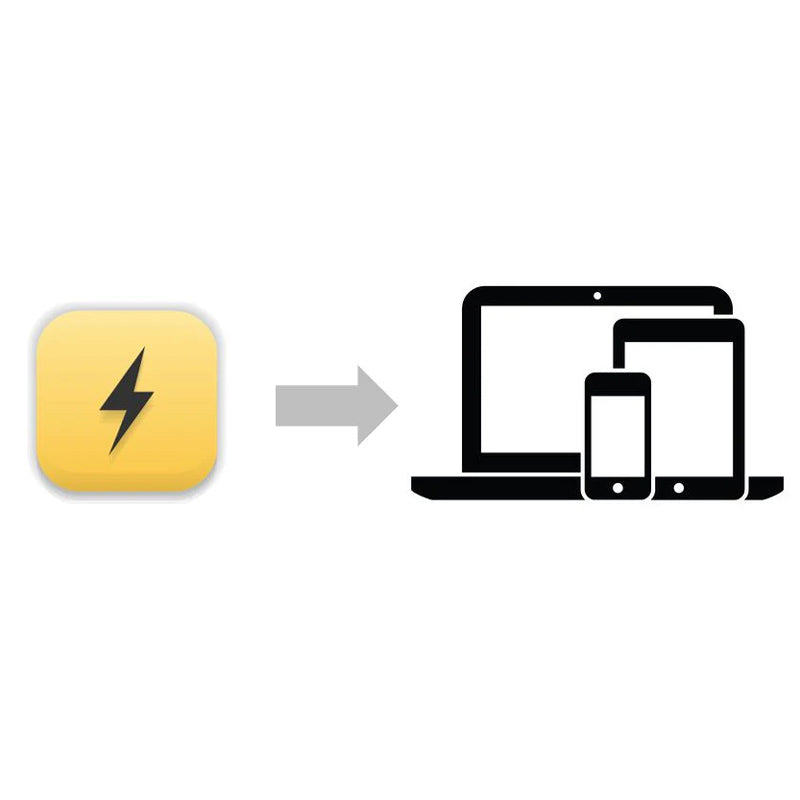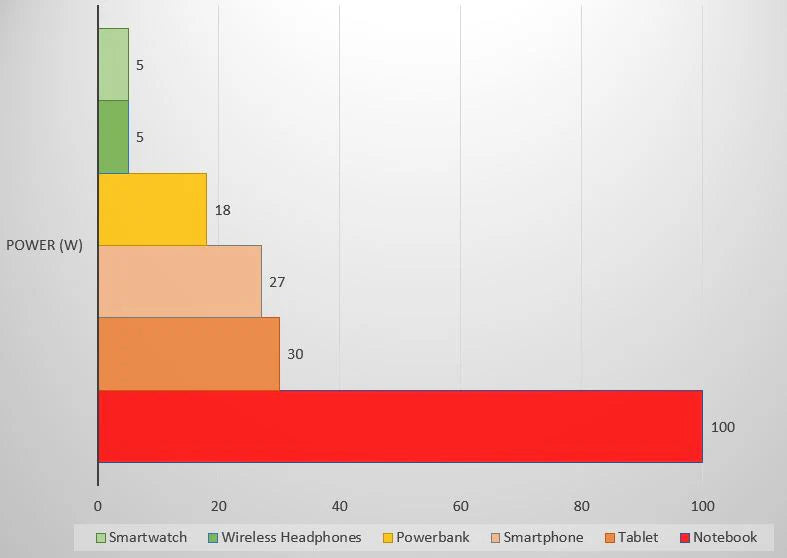What is USB-C PD?
USB Power Delivery 1.0, 2.0 and 3.0 Standards - Confused yet?
USB Power Delivery 1.0
| Profile | Voltage | Current | Power | Supported devices |
| 1 | 5 V | 2 A | 10 W | Smartphones, hard drives, small accessories |
| 2 | 12 V | 1.5 A | 18 W | Smartphones, tablets, ultrabooks, larger accessories |
| 3 | 12 V | 3 A | 36 W | Future smartphones, notebooks, displays, hubs |
| 4 | 20 V | 3 A | 60 W | Larger notebooks, hubs, docking stations |
| 5 | 20 V | 5 A | 100 W * | Workstations, hubs, external graphic cards |
USB Power Delivery 2.0/3.0
| Profile | Voltage | Current | Power | Supported devices |
| 1 | 5 V | 0.1 - 3.0 [A] | 10 W | Headphones, small accessories |
| 2 | 9 V | 1.67 - 3.0 [A] | 15 - 27 W | Smartphones, cameras, drones |
| 3 | 15 V | 1.8 - 3.0 [A] | 27 - 45 W | Tablets, small laptops |
| 4 | 20 V |
2.25 - 3.0 [A] 3.0 - 5.0 [A] * |
45 - 100 W | Large laptops and displays |
USB Power Delivery - Fast Charging Times
| Charging method | Device | Cable | Charging time (up to 50%) | Charger rated power |
| Fast Charge for iOS | iPhone 12 | Lightning/USB-C | 30 minutes | 18 W or higher |
| Fast Charge for iOS | iPhone X | Lightning/USB-C | 30 minutes | 18 W or higher |
| Fast Charge for iOS | iPad Pro | Lightning/USB-C | 60 minutes | 27 W or higher |
| PD for Android | Google Pixel 4 | USB-C/USB-C | 37 minutes | 18 W or higher |
| PD for Android | Google Pixel 4 XL | USB-C/USB-C | 37 minutes | 18 W or higher |




